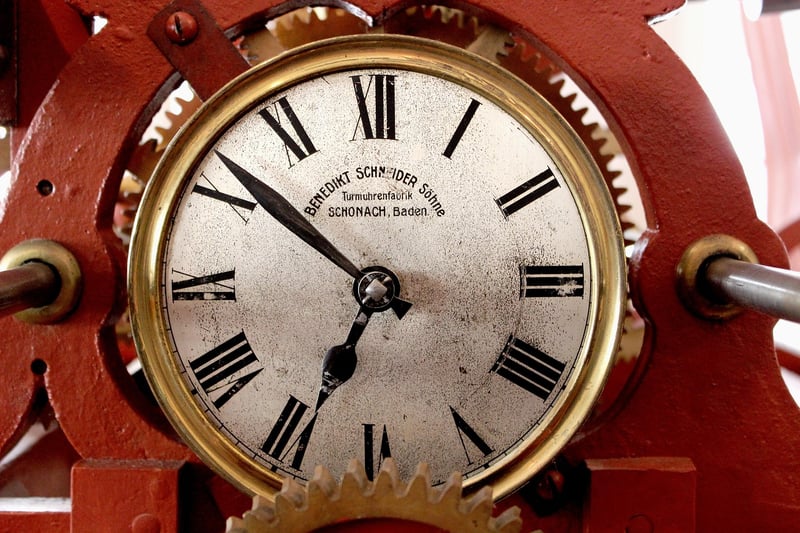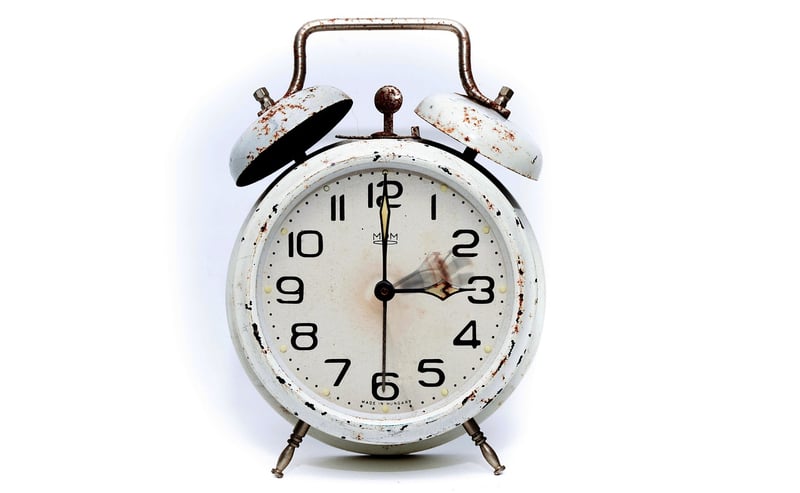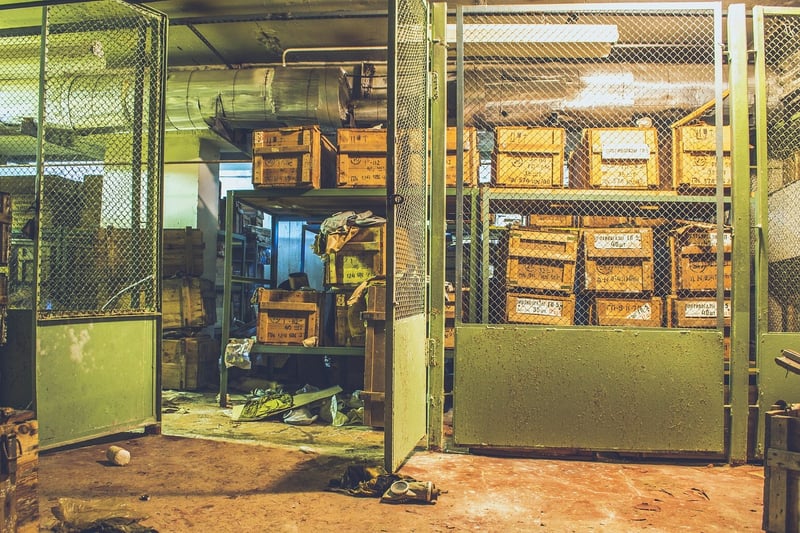Temporal Landmarks
Navigate Through Time: Temporal Landmarks
Time is a fascinating concept that has intrigued humanity for centuries. From ancient civilizations to modern-day societies, people have always sought ways to navigate through time, marking significant events and milestones along the way. Let's explore some of the temporal landmarks that have shaped our understanding of time.
Ancient Sundials
One of the earliest ways humans tracked time was through sundials. These ancient timekeeping devices used the position of the sun's shadow to indicate the time of day. Sundials were common in civilizations like ancient Egypt, Greece, and Rome, serving as important temporal landmarks for daily activities.

Medieval Clock Towers
During the Middle Ages, clock towers emerged as prominent temporal landmarks in European cities. These impressive structures housed mechanical clocks that chimed the hours, providing a sense of time to the surrounding communities. The famous clock tower in London, known as Big Ben, is a prime example of this historical timepiece.

Atomic Clocks
In the modern era, atomic clocks represent a significant advancement in timekeeping accuracy. These highly precise devices measure time based on the vibrations of atoms, setting the standard for global timekeeping. Atomic clocks are used in various scientific fields and are crucial for technologies like GPS and telecommunications.

GPS Satellites
Global Positioning System (GPS) satellites play a vital role in modern navigation and time synchronization. These satellites transmit precise time signals that allow GPS receivers to calculate location accurately. GPS has revolutionized how we navigate through both space and time, making it an essential temporal landmark in the digital age.

Conclusion
From ancient sundials to atomic clocks and GPS satellites, humanity has continuously evolved its methods of navigating through time. These temporal landmarks not only mark the progress of timekeeping technology but also highlight the human fascination with understanding and measuring time. As we continue to innovate and explore, new temporal landmarks will undoubtedly shape our future relationship with time.
Explore more about the fascinating world of timekeeping and temporal landmarks to deepen your understanding of this fundamental aspect of human civilization.
